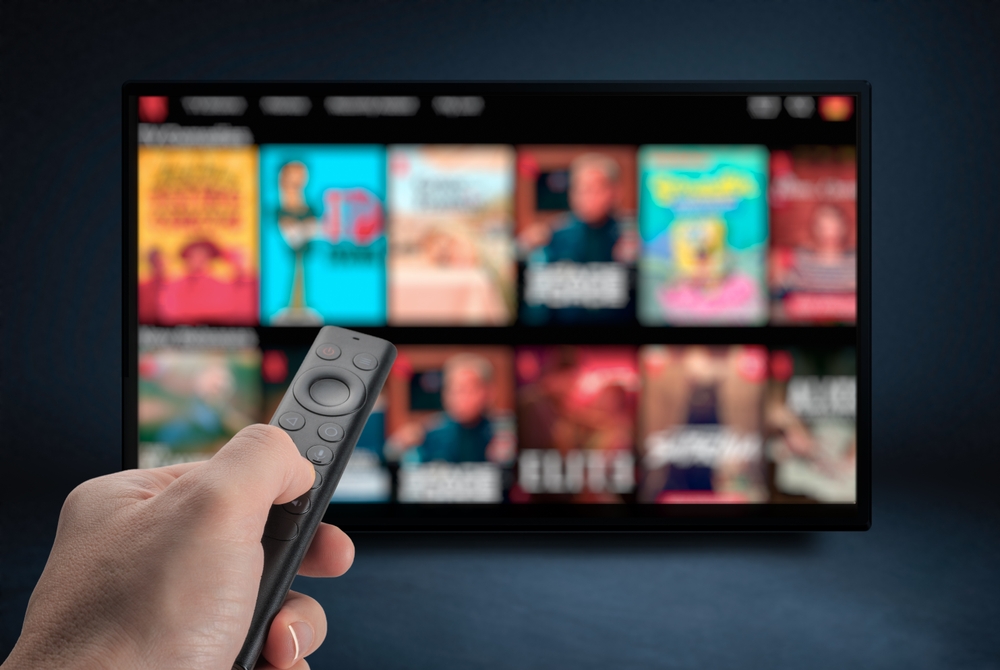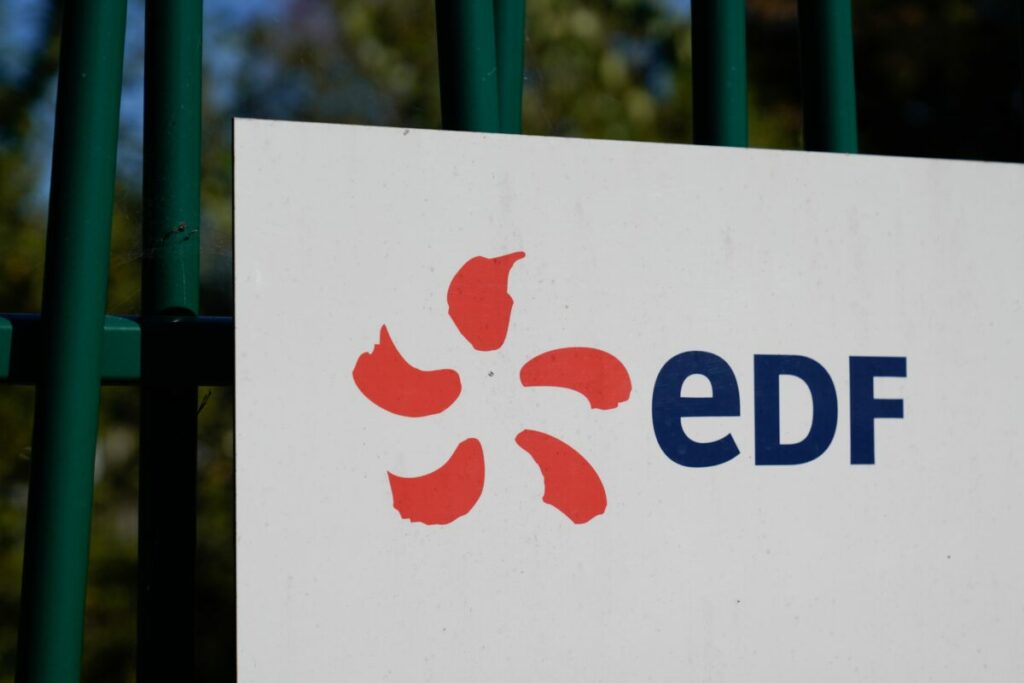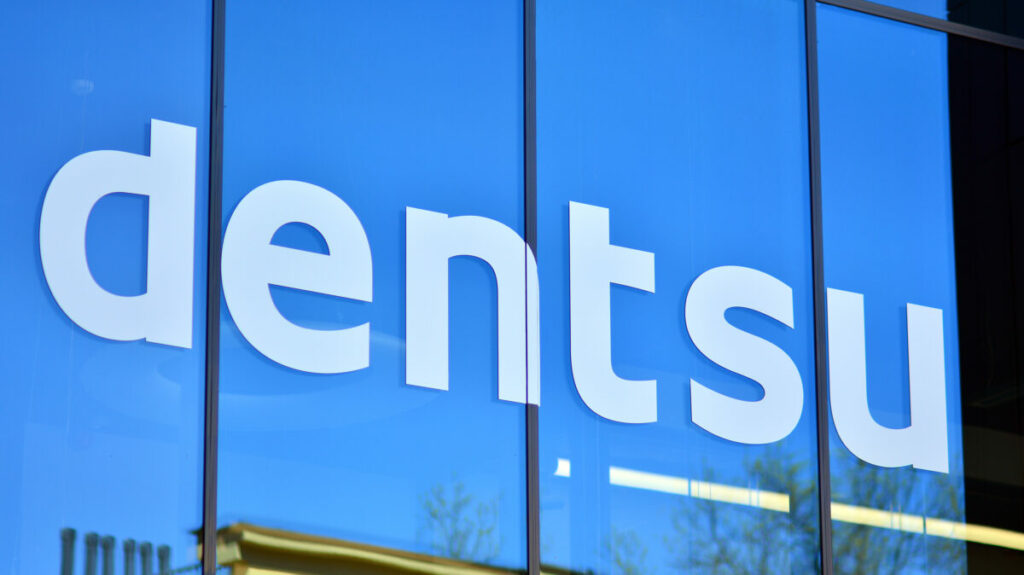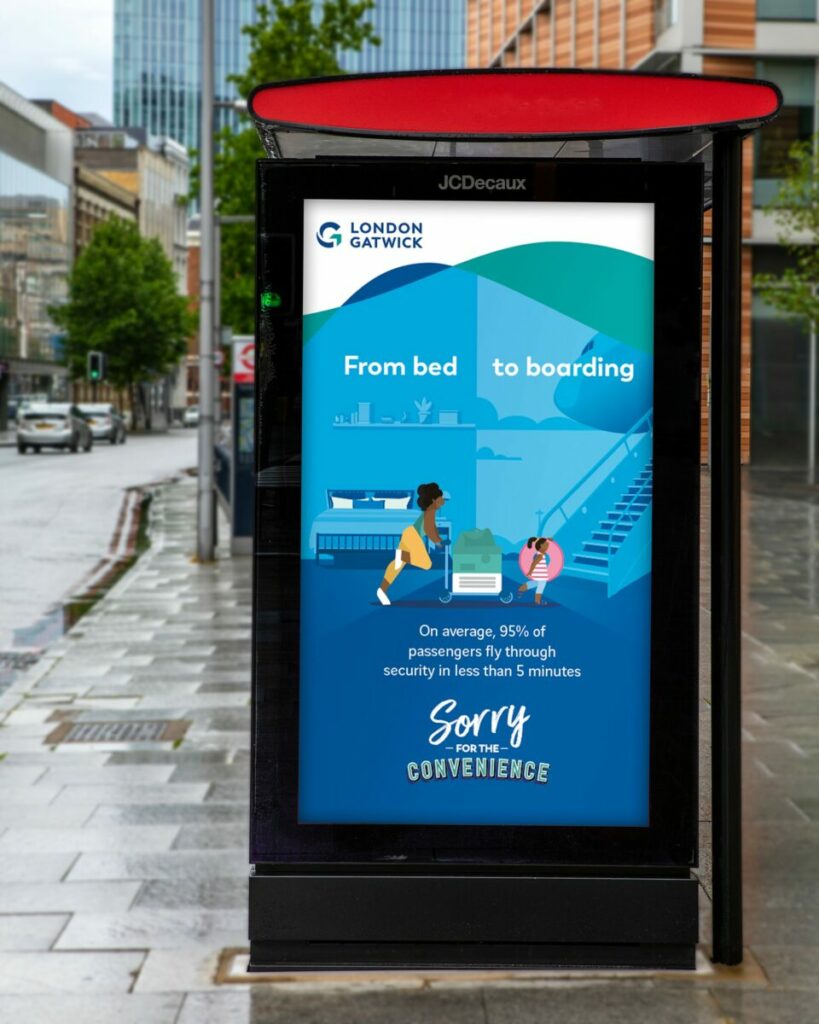One of the most difficult things for a brand to achieve is staying power. Ensuring a steady stream of new customers is one of the key pillars of any successful business – followed closely by making sure they come back.
It is crucial for brands to build genuine trust and loyalty with their customer base and the best and most effective way of doing this is simply by engaging with them in an honest and rewarding manner.
Now, more than ever, customers are seeking authentic and enriching experiences with brands -something which is especially important as cash-strapped consumers begin to be a lot more selective with their purchases than they’ve needed to be in well over a decade.
Speaking to the Data & Marketing Association’s (DMA) director of content strategy and insight, Tim Bond at last week’s Technology for Marketing conference, spoke about the best practice brands can guarantee strong and valuable relationships with their customers – even in such unstable economic times as these.
Customer-first principles
If any brand is truly interested in developing trusting and loyal relationships with its customers, it must unequivocally embrace what the DMA calls ‘customer-first principles’.
In the organisation’s eyes, these principles hinge on four key linchpins: respect of privacy, honesty and fairness, diligence with data and taking responsibility.
As Tim Bond points out, openness and transparency with the customer is always appreciated if not warmly welcomed: “We’ve seen every time for ten years, if you tell customers why you want their data, and what you’re going to use it for, the vast majority are OK with that, as long as you’re honest, and they can trust you to actually look after it.”
Bond goes on to add that the best way for a brand to build genuine trust and develop loyal customers is surprisingly simple: authenticity.
“It’s one of the hardest things to do and very easy to undermine, but the key to building trust is being authentic. The two are inextricably linked.
“If you’re trying to stand behind a principle that you fundamentally don’t believe in, you’re going to get found out.”
Emotional value for connection
Advances in technology and the growth of social media has seen consumers become a lot savvier in the past two decades and certainly they are a lot less likely to take a brand’s claims at face value than they were 30 years ago.
How then do businesses counteract this? As Bond highlighted, authenticity and standing by a set of values are “key emotional drivers when looking to connect with a consumer”.
Interestingly, he singles out Sky’s decision to kit out its cycling team with limited-edition ‘Orca’ jerseys for the 2018 Tour de France to highlight the devastating impact of plastic pollution on the world’s oceans.
“I hadn’t realised that this had been a long-held belief within Sky for years around the environment, the use of energy and recycling.
“There was the opportunity to just flag it as the thing that they believe in as a company, and they have those credentials to stand up on if you wanted to dig a bit.”
Bond also draws attention to Japanese firm Canon’s recently implemented loyalty programme, Canon Club, praising the sense of community that it has fostered among its members.
“The key there was creating an environment where they’re able to generate that sense of community and exclusivity as you have to register your product in order to join.”
The power of communication
When trying to develop and tie down a loyal customer base, it is essential for brands to optimise the right channels of communication for their specific audiences.
According to industry experts such as Bond, more often than not, email is still very much king for b2c communications.
“What we see is that email still remains the number one channel, 80 something of consumers say that that’s the preferred channel, which is streets ahead of any other.
“Below that it’s a real mix, social has come to the party and certainly among younger consumers had overtaken the others, but post is still right there – in second place actually.”
Bond also picks up on recent trends indicating that there still very much is a demand for physical mode of communication from Millennials and Gen Z, but essentially does not believe that any one channel can prove to be a panacea.
“There is no silver bullet, and there is no silver strategy, either. It’s about understanding your customers, where they are, and how they want to be communicated with. Just because you know where they are doesn’t mean they want to hear from you.”
Understanding your customer
Going forward however, observers have begun to notice a clear shift in the way brands and customers interact since the seismic events of the Covid-19 pandemic and the current global economic squeeze.
“The really big thing during the pandemic was the growth we saw in terms of compassion. That was the personal and societal compassion that [customers] wanted to see from brands at that time, and we saw that as a driver for loyalty as well,” Bond says.
With the subsequent hit from the cost-of-living crisis, Bond highlights that far from falling, brand compassion as a trend and marketing tool has in fact gained even more significance and longevity.
“We suspected that that compassion might stabilise or wane. But what we’ve actually seen actually in the current economic and cost-of-living crisis, is that compassion continue to grow, both in terms of the personal customer, but also in terms of society.”
In navigating this trying period, Bond says marketers must “show intelligence in truly understanding their customers”.
Although some consumers may begin to change their spending patterns and move away from certain brands, businesses which communicate effectively and compassionately will retain more loyalty in the long run, positioning themselves favourably for customers to return once inflation eases.
As Bond concludes: “Ultimately, the brands that are able to embrace the possibility of losing customers in the short term because of the cost of living will actually be the ones that will retain customers in the longer term.”














